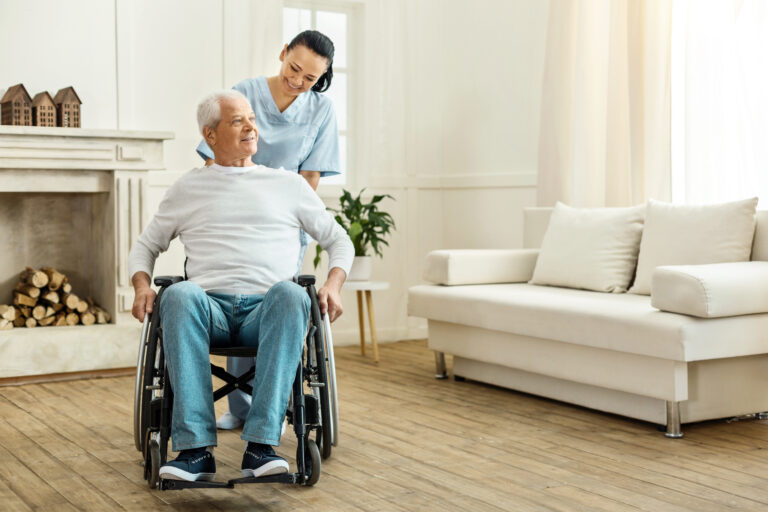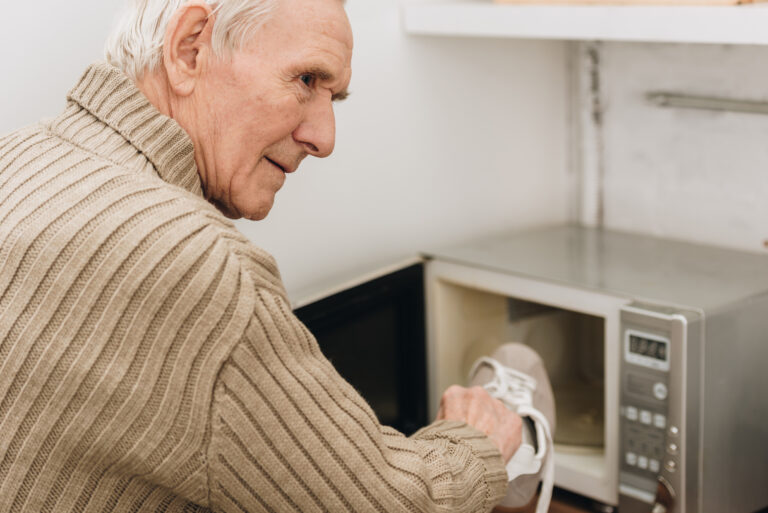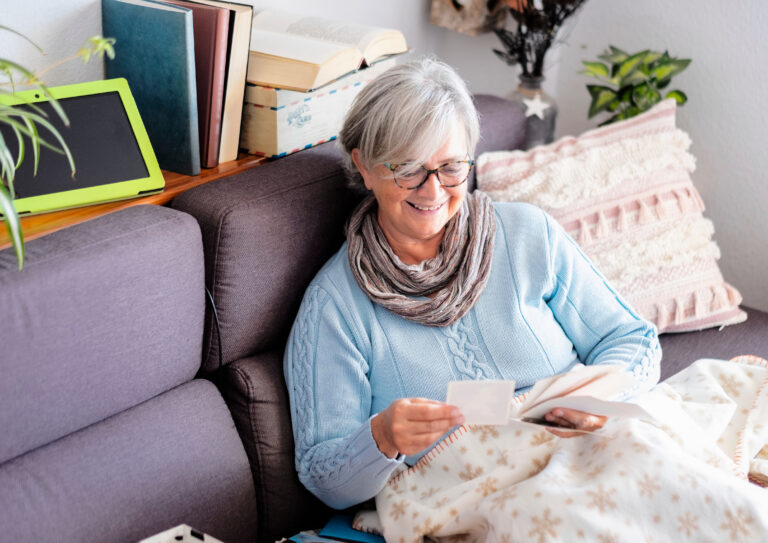Creating a Safe and Supportive Environment for Alzheimer’s Patients
Alzheimer’s disease is a challenging condition that affects not only the person with the disease but also their loved ones. One of the most important steps in caring for someone with Alzheimer’s is creating a safe and supportive environment. Here’s how you can do it:
### 1. Evaluate Your Home for Safety
Before you start making changes, it’s crucial to evaluate your home for potential hazards. Check each room, especially the kitchen, bathroom, and living spaces, for items that could cause trips or falls. Look for loose stair railings, insufficient lighting, and cluttered walkways.
### 2. Improve Lighting
Proper lighting is essential to prevent falls and disorientation. Install motion-sensor lighting in hallways and stairways. Brightly colored tape on the edges of steps can also help guide the person with Alzheimer’s.
### 3. Secure Bathrooms
Bathrooms are high-risk areas for slips and falls. Install grab bars near toilets and in showers. Use non-slip mats to reduce the risk of slipping. Secure electrical outlets with safety plugs, and keep dangerous items like medications locked away.
### 4. Enhance Kitchen Safety
The kitchen can be a hazardous place, especially for those with Alzheimer’s. Use prominent signs near hot appliances, check food expiration dates regularly, and apply stove knob covers or remove the knobs to prevent accidents. Secure cleaning supplies in locked cabinets.
### 5. Clear Walkways
Remove tripping hazards like throw rugs and garden hoses from walkways. Ensure all paths are clear and well-maintained. Regularly check walkways for cracks and uneven surfaces and repair them to prevent falls.
### 6. Use Assistive Technologies
Assistive technologies can greatly enhance safety and independence. Use GPS trackers or medication reminders to help manage medications and prevent wandering. Place identification bracelets on individuals with dementia to help in case they wander or get lost.
### 7. Create a Structured Daily Routine
Daily routines create structure and predictability, reducing anxiety and promoting comfort. A consistent schedule helps maintain cognitive function while adapting to changing needs. Engage patients in activities like puzzles, memory games, or light walks to promote cognitive and physical health.
### 8. Provide Emotional Support
Caring for someone with Alzheimer’s can be emotionally demanding. Show empathy and patience to help manage feelings of frustration, fear, or sadness. Join Alzheimer’s support groups or attend workshops to share experiences and learn coping strategies. Engaging with others on the same journey reduces isolation and provides encouragement.
### 9. Implement Safety Measures
Implementing safety measures is crucial for reducing the risk of accidents. Install smoke and carbon monoxide detectors on every level and check them regularly. Maintain an updated list of emergency contacts near phones, and have an emergency kit ready. Secure tools and chemicals in garages and basements, and install motion sensors on doors to alert caregivers when someone attempts to wander.
### 10. Maintain Regular Communication
Regular communication with medical professionals is essential for managing health complications early. Manage medications and maintain regular check-ups to ensure the person with Alzheimer’s receives the best care possible.
By focusing on these elements, you can create a stable, supportive environment that benefits both patients and families. Remember, small changes can make a big impact in ensuring the comfort, safety, and dignity of your loved one with Alzheimer’s.
—
Creating a safe and supportive environment for someone with Alzheimer’s is not just about preventing accidents; it’s also about promoting their quality of life. By following these simple steps, you can help your loved one feel more secure and supported, making their journey with Alzheimer’s more manageable and less stressful for everyone involved.





